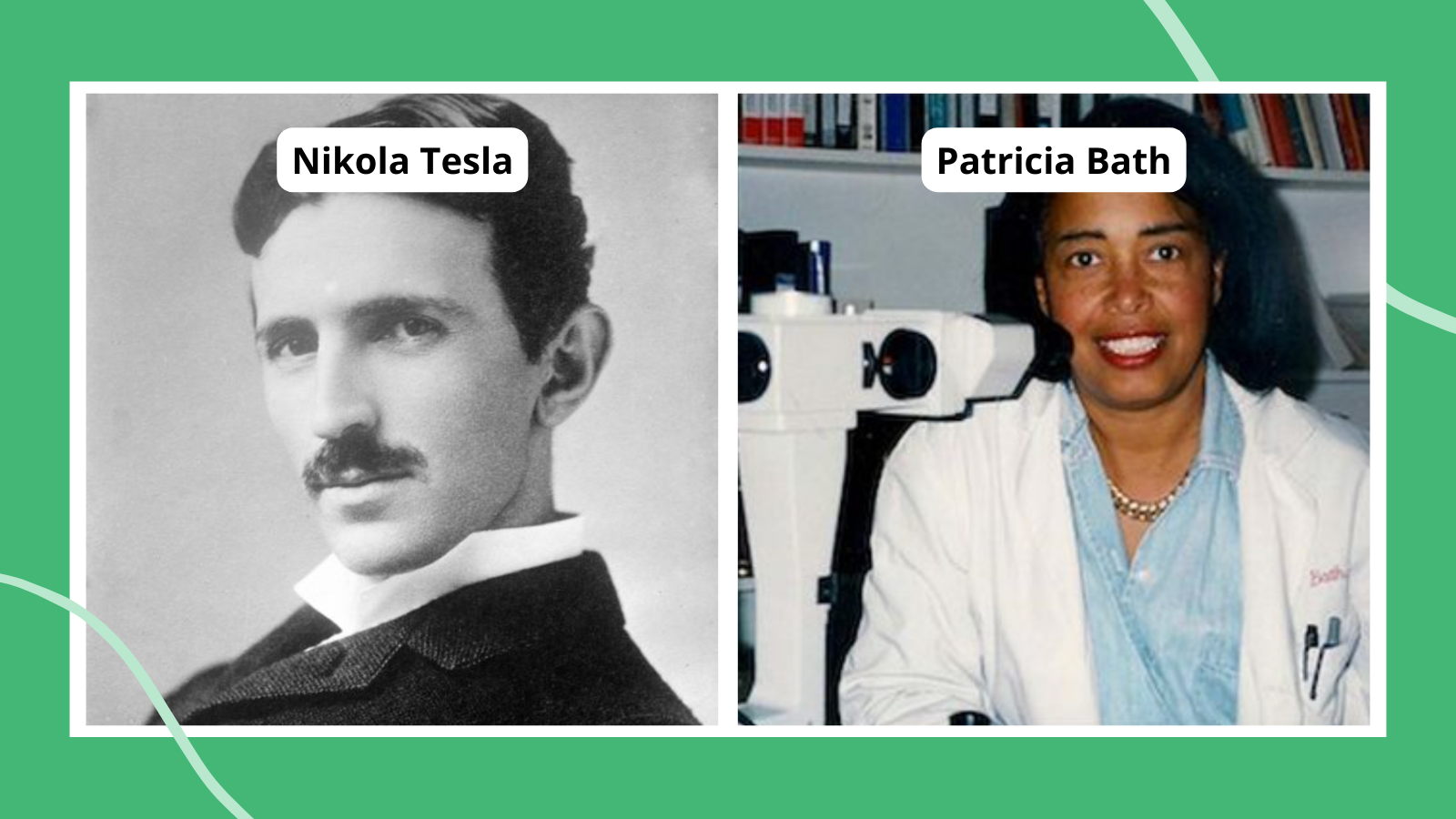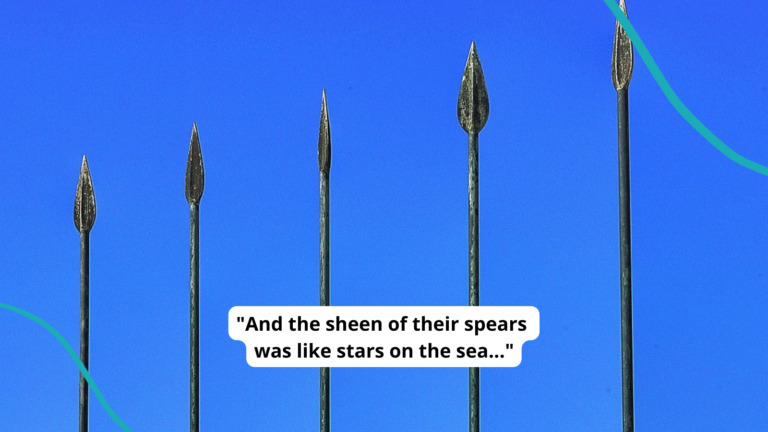Ask kids to name famous inventors, and you might get Thomas Edison or Henry Ford as a response. And while they definitely belong on this list, they’re just the start of the innovators and inventors that kids ought to know. Some of these are household names, while others deserve more recognition for inventions that have become essential to daily life.
For each one, you’ll find resources for more information and hands-on activities to help kids learn more about their achievements. Perhaps they’ll be inspired to become famous inventors themselves!
1. Johannes Gutenberg (c. 1400–1468)
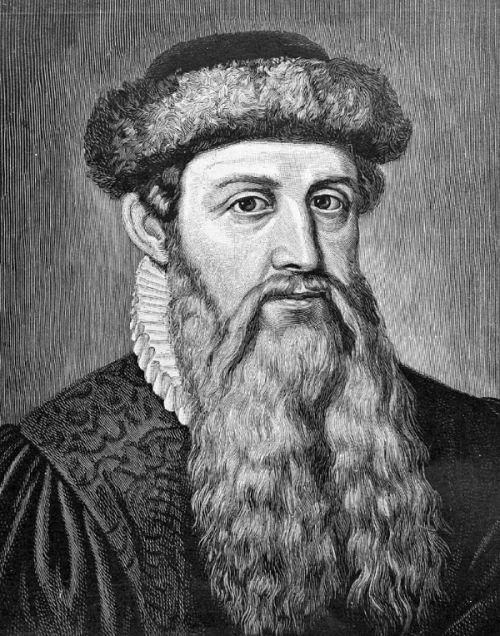
Known for: Gutenberg was the first European to invent the printing press. The movable type he used made mass printing possible and brought books and reading to the masses.
Learn more: Biography of Johannes Gutenberg, German Inventor of the Printing Press (ThoughtCo)
Try this: Visit thrift shops to find an old panini press, then turn it into a printing press.
2. Leonardo da Vinci (1452–1519)
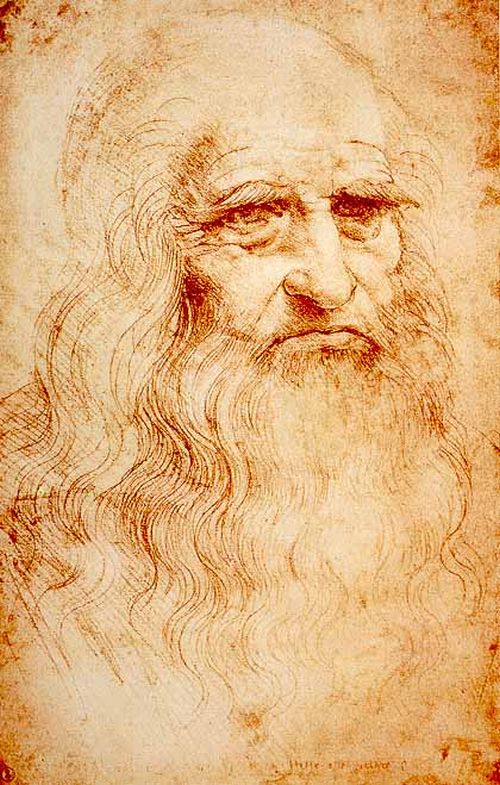
Known for: Da Vinci was the original Renaissance Man. He was a gifted artist, but he also invented a wide array of technologies. These include the aerial screw, which led to modern helicopters, and an underwater diving suit that was the precursor to today’s scuba gear.
Learn more: Leonardo Da Vinci Inventions
Try this: Da Vinci was fascinated by flying machines. Find out how to build your own Da Vinci–style ornithopter with household items.
3. Benjamin Franklin (1706–1790)
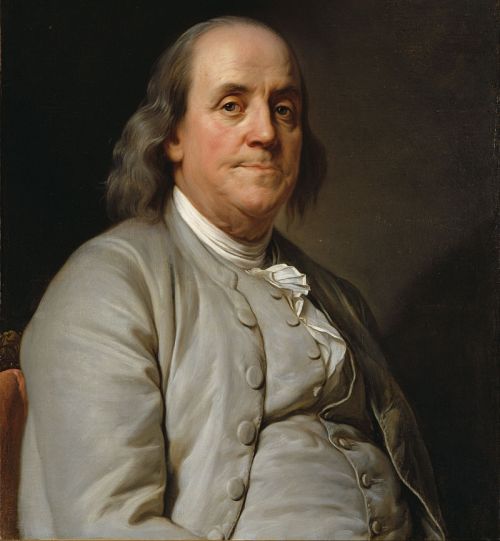
Known for: This Founding Father was an innovator in more ways than one, and he was among history’s most famous inventors. His inventions include the lightning rod, bifocals, and the Franklin stove.
Learn more: Benjamin Franklin’s Inventions
Try this: Franklin is famous for experimenting with electricity. Try one of these kid-safe electricity experiments to follow in his footsteps.
4. Thomas Jefferson (1743–1826)

Known for: When he wasn’t writing the Declaration of Independence or being president, Jefferson loved to tinker. His swivel chair was an instant hit, and he also created the dumbwaiter system.
Learn more: Thomas Jefferson: Inventions & Accomplishments
Try this: Assemble a homemade pulley system to mimic Jefferson’s dumbwaiter.
5. Robert Fulton (1765–1815)
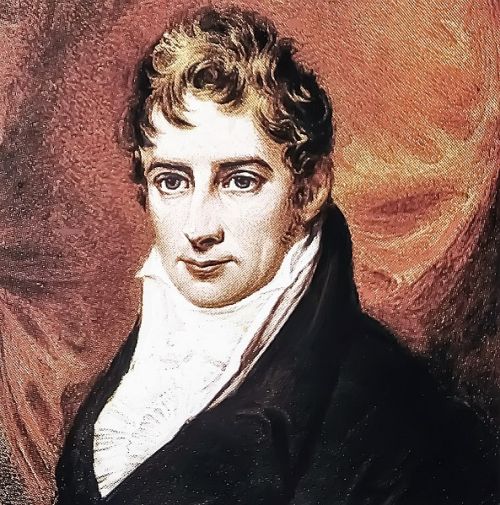
Known for: Fulton got his start as an artist, but it was his interest in steam engines that turned him into one of the most famous inventors. He used and improved on the technology of the time to make the first commercial steamboats.
Learn more: Robert Fulton (Ducksters)
Try this: For a cool science fair project, learn to make a model of a steam-power generator.
6. Louis Daguerre (1787–1851)
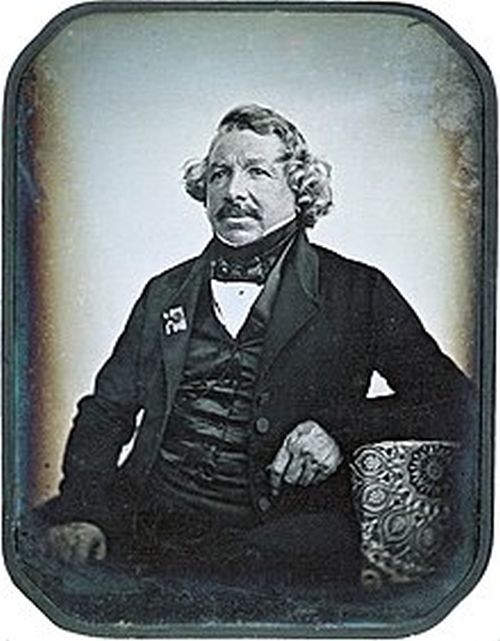
Known for: In his work as a professional scene painter for the opera, Daguerre began experimenting with camera obscura for painting large backdrops. Over time, he worked to develop the daguerreotype, the precursor of modern photography.
Learn more: Louis Daguerre, Inventor of Daguerreotype Photography (ThoughtCo)
Try this: Make your own camera obscura with a box and basic household supplies.
7. Thomas Jennings (1791–1856)

Known for: At a time when most Black men in the United States were slaves, Jennings was born free in New York City. He was the first African American to hold a patent for a process known as “dry scouring.” Today, we call it dry cleaning.
Learn more: Thomas Jennings, Smithsonian Magazine
Try this: With a few basic supplies, you can experiment with dry cleaning at home.
8. Samuel Morse (1792–1872)
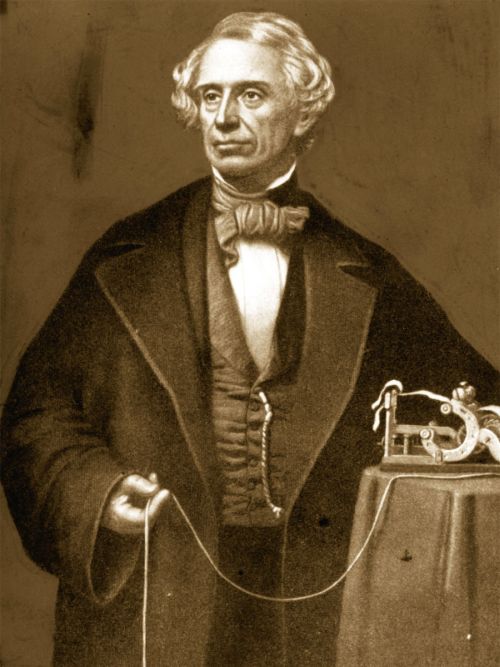
Known for: Yet another artist-turned-inventor, Morse is best known for developing the electric telegraph, which allowed people to communicate over long distances nearly instantly. He also developed Morse code: a system of dots and dashes used to send these messages.
Learn more: Samuel F.B. Morse (Brittanica)
Try this: Learn Morse code and tap out messages to friends and family.
9. Thomas Alva Edison (1847–1931)
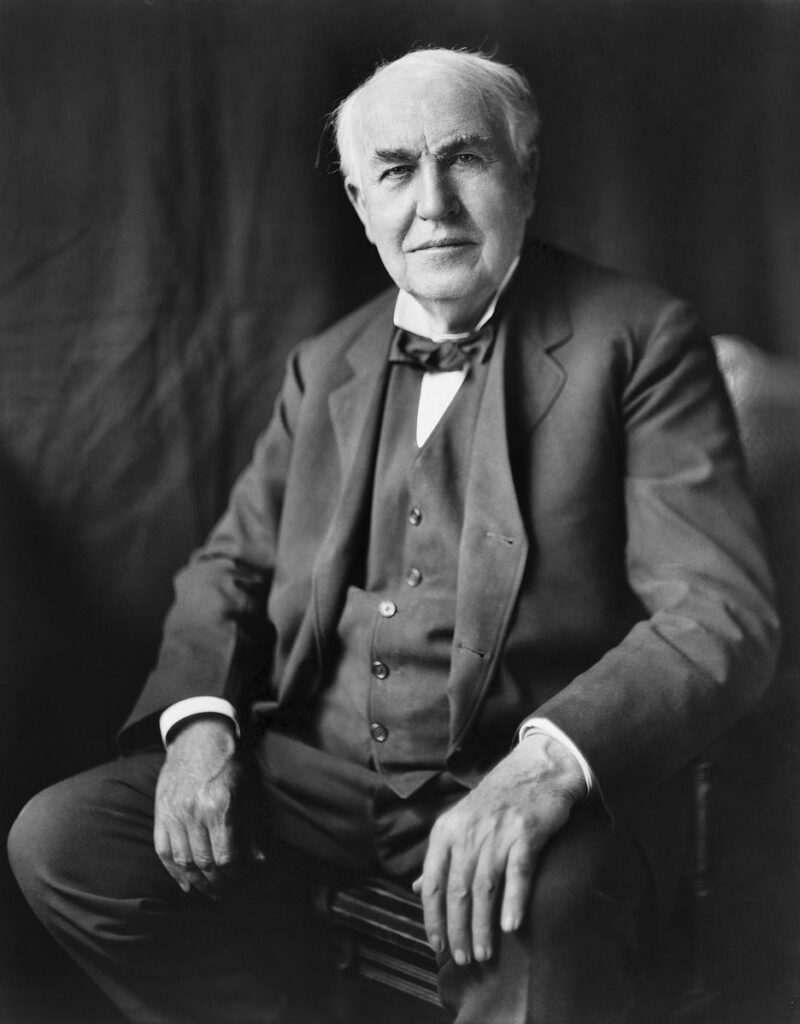
Known for: Edison is one of the most famous inventors of all time. He was prolific, but his best-known inventions include the incandescent light bulb, phonograph, and an early movie camera.
Learn more: Thomas Edison National Historical Park
Try this: Learn how to make your own incandescent light bulb using a glass jar and a battery.
10. Nikola Tesla (1856–1943)
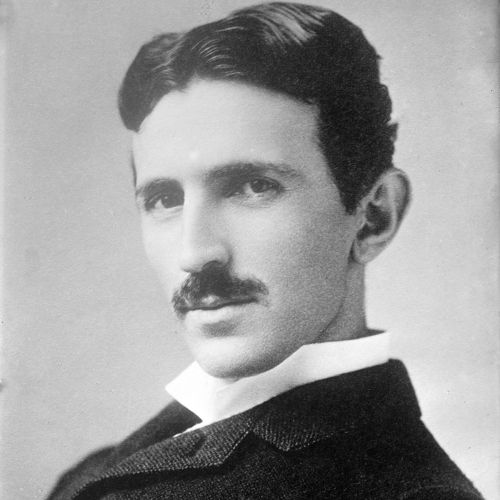
Known for: Edison and Tesla’s rivalry is well known. Tesla was the inventor and proponent of alternating current, which was ultimately proven more reliable than Edison’s direct current. He also created the Tesla Coil, induction motor, and neon lights, among other inventions.
Learn more: Tesla Science Center
Try this: Wow your science fair judges by building a Tesla coil of your own.
11. Auguste (1862–1954) and Louis Lumière (1864–1948)

Known for: The Lumière brothers gave us one of the most popular inventions of all time: the movies! Their Cinématographe was a three-in-one machine that could record, develop, and project films for an audience.
Learn more: The Lumière Brothers, Pioneers of Cinema
Try this: Screen movies using a homemade projector built with a cardboard box and a magnifying glass.
12. Henry Ford (1863–1947)

Known for: Ford not only invented the automobile, he also brainstormed the assembly line. This allowed mass production of his incredibly popular Model T and other cars.
Learn more: Henry Ford, History.com
Try this: Put your students to work with these fun assembly line classroom activities.
13. George Washington Carver (1864–1943)

Known for: Though he’s often said to have invented peanut butter, Carver’s many achievements didn’t actually include that popular product. Instead, he gave the world the concept of crop rotation. His methods were so successful they led to an abundance of peanuts, soybeans, and sweet potatoes, and he spent much of his life coming up with new uses for them.
Learn more: The Legacy of Dr. George Washington Carver
Try this: Sprout sweet potatoes in water to learn how plants grow.
14. Madam C. J. Walker (1867–1919)
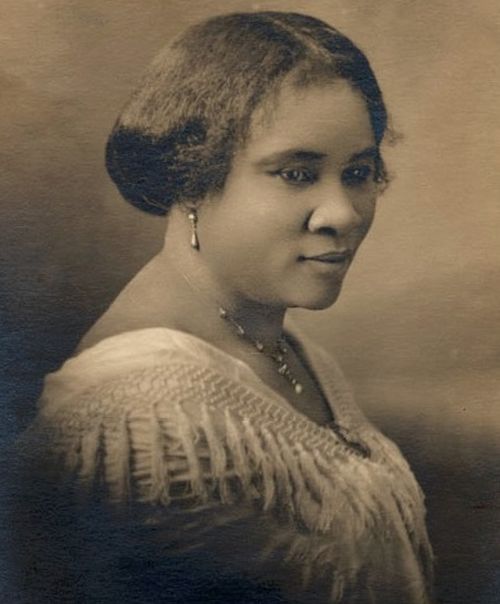
Known for: When a medical condition caused her to lose much of her hair, Madam Walker invented a treatment system that completely revolutionized Black hair care. She went on to become the first Black female millionaire in the United States.
Learn more: Madam C.J. Walker Official Website
Try this: Make your own shampoo and test its performance.
15. Wilbur (1867–1912) and Orville Wright (1871–1947)

Known for: When the Wright Flyer took off from Kitty Hawk and flew for 12 seconds, the Wright brothers made history! Their flight marked the first engine-powered manned aircraft.
Learn more: Taking Flight With the Wright Brothers
Try this: Experiment by building paper airplanes to see which design performs best in flight. Here are a few basic designs to get you started.
16. Guglielmo Marconi (1874–1937)
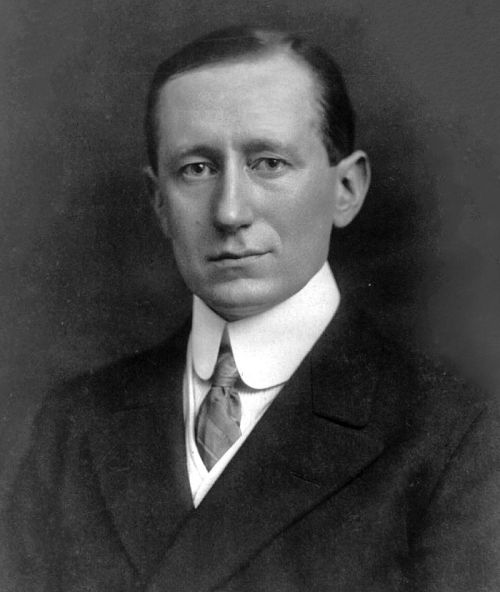
Known for: Marconi changed the way humans communicated by developing the first effective system of radio communication. He sent the first radio transmission across the Atlantic Ocean in 1901.
Learn more: Guglielmo Marconi (Brittanica)
Try this: Looking for a cool science fair idea? Make your own crystal radio.
17. Alexander Graham Bell (1877–1922)

Known for: One of the most famous inventors around, Bell gave the world the telephone. Many of his other inventions were focused on helping the deaf, sparked by his desire to help his wife Mabel, who lost her hearing at the age of five.
Learn more: Alexander Graham Bell (Britannica)
Try this: Experiment with the classic tin can telephone to learn more about how sound travels.
18. Charles R. Drew (1904–1950)
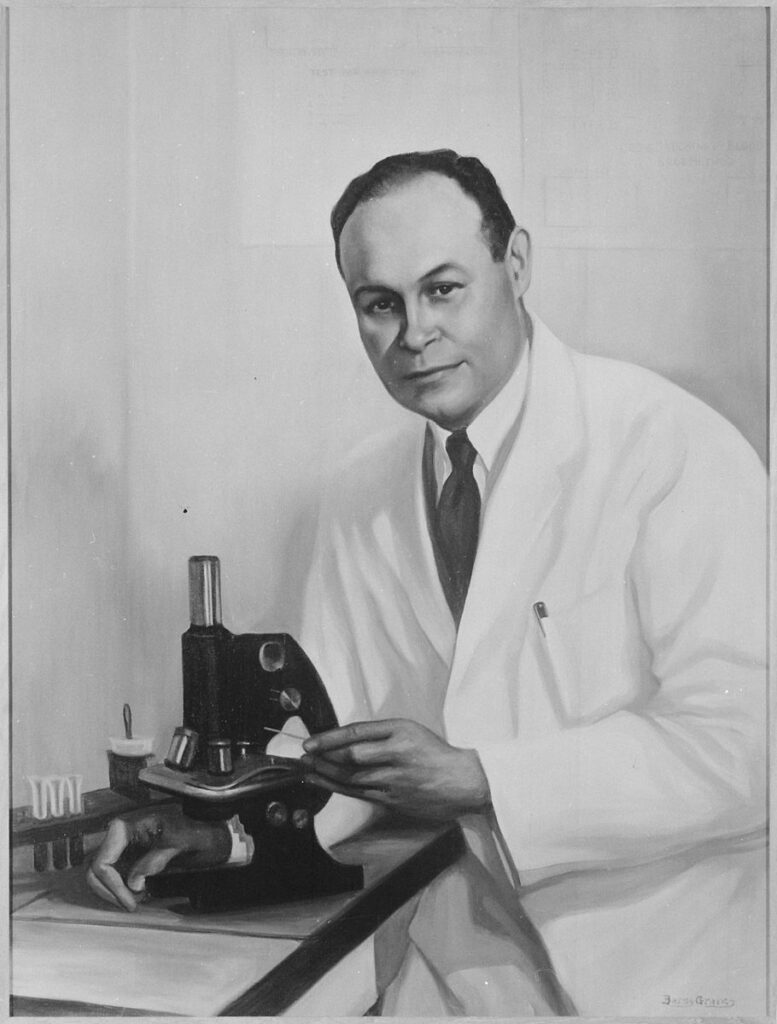
Known for: Bloodmobiles are a common sight these days, thanks to Dr. Drew. He invented a way to process and store blood plasma, eventually managing two of the largest blood banks during World War II.
Learn more: The Charles R. Drew Papers
Try this: Put together a blood model using beads or candies to learn about all the components blood contains.
19. Grace Hopper (1906–1992)

Known for: When Hopper first started working with computers, they took up entire rooms. But she believed that one day they’d become more widely used and became one of the earliest computer programmers. She invented the first compiler, a program that translates programming code to machine language.
Learn more: Grace Murray Hopper—A Legacy of Innovation and Service
Try this: Check out the Hour of Code program to learn how kids of all ages can learn computer coding in fun and easy ways.
20. Philo Farnsworth (1906–1971)

Known for: If you love a good Netflix binge, thank Philo Farnsworth. His all-electronic television system made TV one of the world’s favorite pastimes.
Learn more: The Farmboy Who Invented Television (Smithsonian Magazine)
Try this: Find an old CRT TV or monitor and learn how cathode ray tubes work using a strong magnet.
21. Marie Van Brittan Brown (1922–1999)

Known for: Do you have a home security system? Well, you can thank Marie Van Brittan Brown for it. She filed her patent in 1966, and it includes innovations still used today. She’s also known for the invention of closed-circuit TV.
Learn more: Marie Van Brittan Brown, Black Past
Try this: Protect your stuff by learning how to build your own door alarm.
22. Ralph H. Baer (1922–2014)
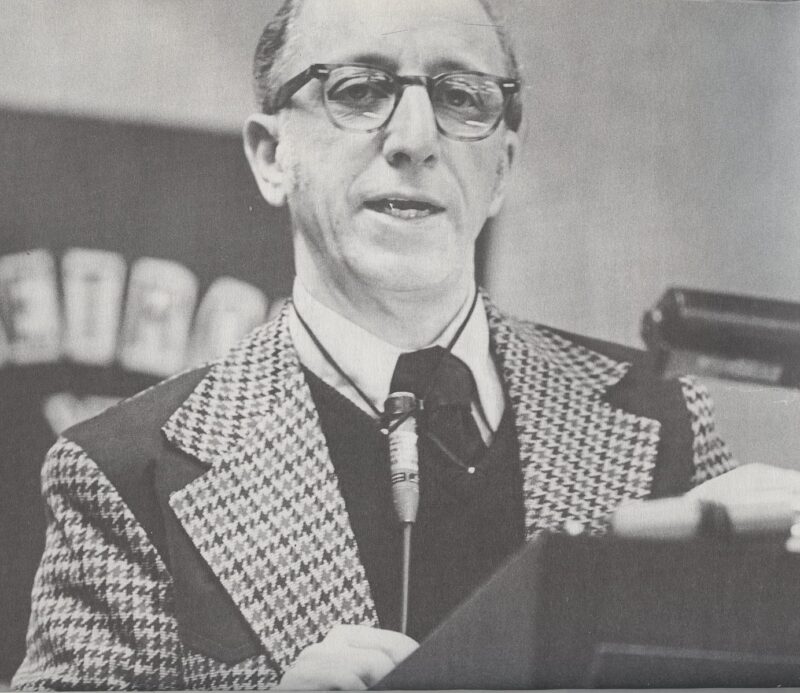
Known for: While kids may not know Baer’s name, they’re sure to love his accomplishments. He’s known as the “Father of the Video Game” and helped develop some of the earliest gaming consoles.
Learn more: Ralph H. Baer, National Center for Simulation
Try this: Use an app like Roblox to design and create your own video game experience.
23. Patricia Bath (1942–2019)
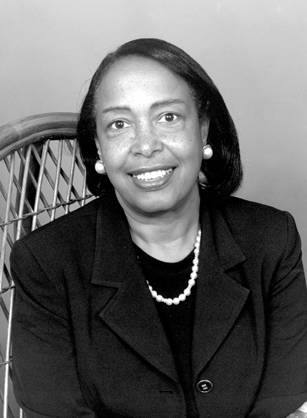
Known for: Kids may not give a lot of thought to cataracts, but they should still know about Dr. Bath. She was the first African American female doctor to receive a medical patent. She invented the Laserphaco Pro probe, which revolutionized cataract surgery.
Learn more: Patricia Bath, Biography
Try this: Understand more about the anatomy of the eye by building a 3D human eye model.
24. Lonnie Johnson (born 1949)
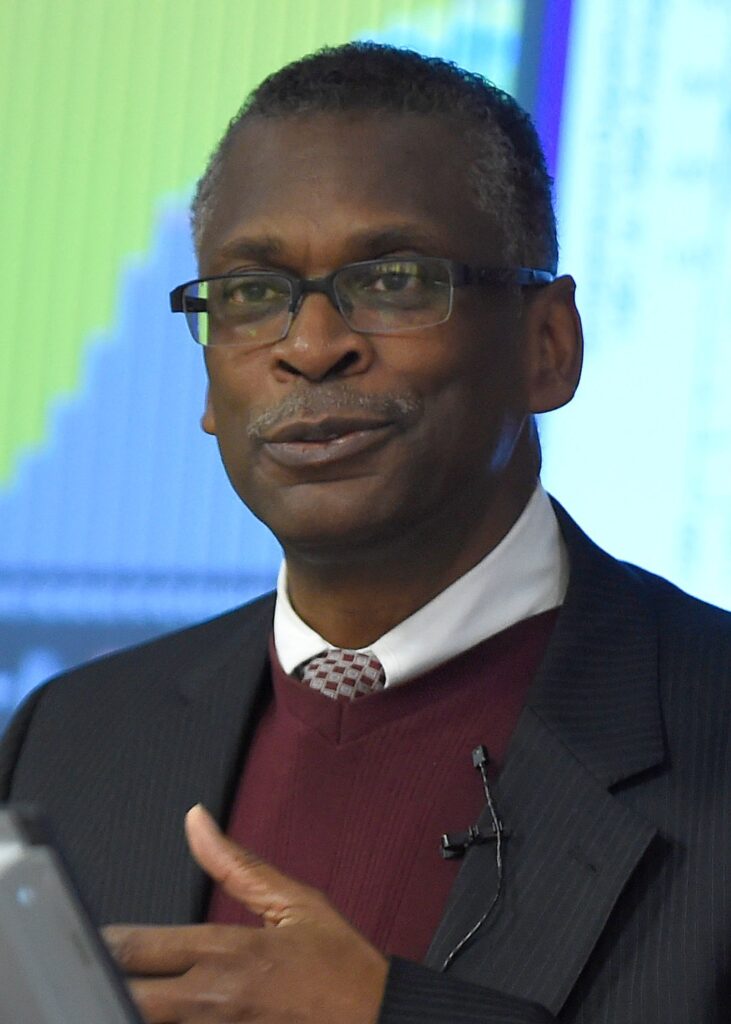
Known for: Any kid who’s ever played with a Super Soaker or Nerf Blaster has Dr. Johnson to thank! He spent much of his career working for NASA’s Jet Propulsion Laboratory, and his innovations in aerospace technology are legendary.
Learn more: Lonnie Johnson Website
Try this: Put together a basic rubber band shooter, then see if you can tinker around to improve the design’s distance or accuracy.
25. Steve Wozniak (born 1950) and Steve Jobs (1955–2011)

Known for: “Woz and Jobs” are two of the most famous inventors of the 20th century. Though Jobs went on to become more well known, he and Wozniak worked together to build the Apple I, the home computer that launched a revolution.
Learn more: Steve Jobs and Steve Wozniak, Lemelson-MIT
Try it: If you can get your hands on an old computer that’s no longer needed, deconstruct it with your class to learn about the pieces and parts inside.
26. Ann Tsukamoto (born 1952)
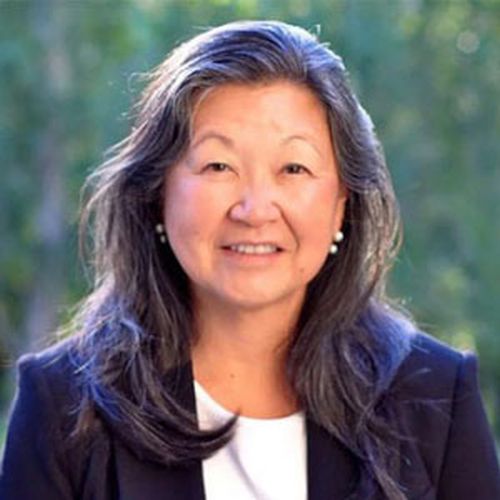
Known for: Dr. Tsukamoto is on the cutting edge of one of the most exciting new technologies: stem cells. She holds several patents for the technology to isolate various types of stem cells.
Learn more: Ann Tsukamoto, Necessity Is the Mother of Invention
Try this: Watch this video to learn more about stem cells and their importance in modern medicine.
27. Peter Tsai (born 1952)
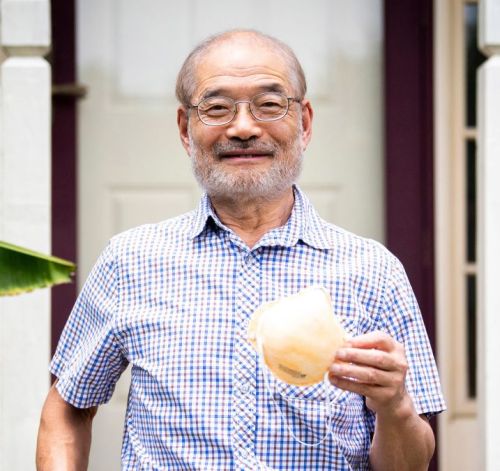
Known for: Over the last couple of years or so, Tsai’s invention has suddenly become world-famous. He created the N95 respirator mask, which helps keep people safe against airborne viruses.
Learn more: Our Dad Invented the N95 Mask
Try this: Follow Bill Nye’s lead and try this candle-extinguishing experiment to learn how effective face masks are.
28. Tim Berners-Lee (born 1952)

Known for: If you’re reading this right now, thank Tim Berners-Lee. In 1991, he launched the World Wide Web, and the internet as we know it was born, making him one of the great famous inventors.
Learn more: Tim Berners-Lee (Wired)
Try this: Explore the history of the internet and find out what early web pages looked like. Kids will be astonished!
29. Thomas David Petite (born 1956)
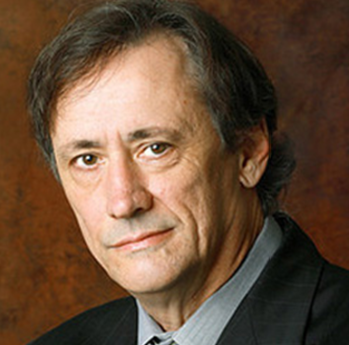
Known for: Petite has made major contributions to wireless technologies, including the components of the Smart Grid. He founded the Native American Intellectual Property Enterprise Council to help fellow Native American inventors.
Learn more: Thomas David Petite, Readworks
Try this: Check out this video to learn more about the Smart Grid and how it’s used.
30. Ajay Bhatt (born 1957)

Known for: Every time you plug your phone in to charge or attach a component to your laptop, you can thank Ajay Bhatt for inventing USB technology.
Learn more: Ajay Bhatt—The Inventor of the USB
Try this: Look around your classroom or home and find all the devices that use USB ports and technology.
Looking for more famous inventors to share with kids? Explore these 16 wonderful women scientists to inspire your students.
Plus, get all the latest teaching tips and ideas when you sign up for our free newsletters!

